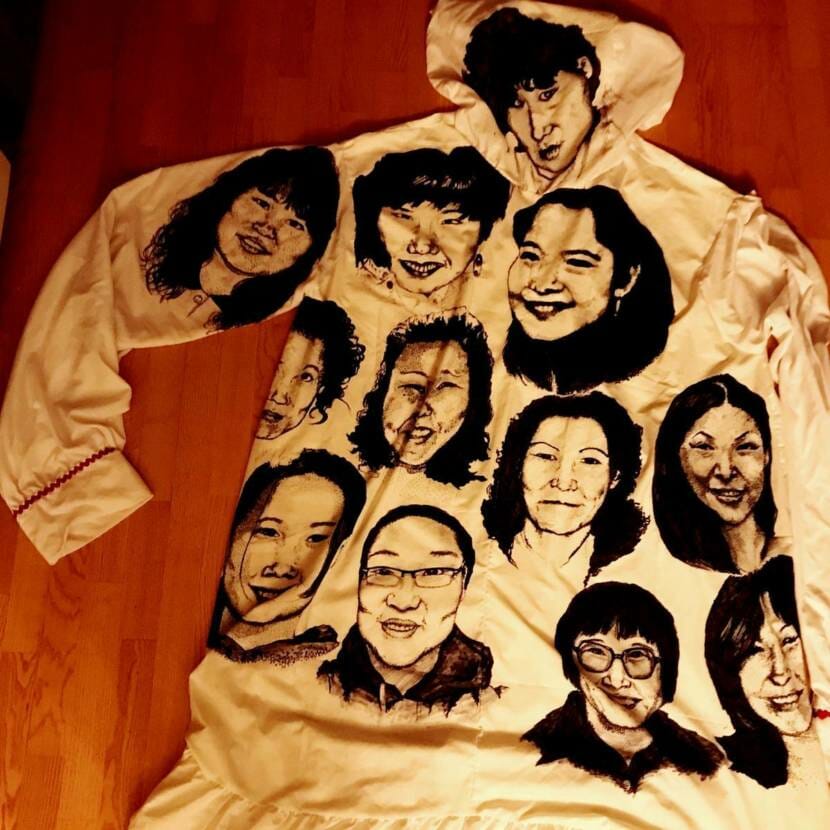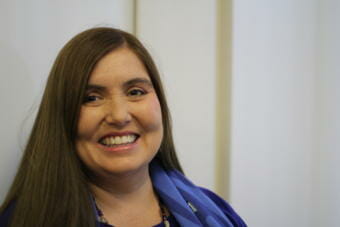
Tribal Judge Ingrid Cumberlidge is the state’s first Missing and Murdered Indigenous Persons Coordinator. Cumberlidge is Aleut and Tlingit. She’s from Sand Point, where she’s worked as an educator and tribal court chief judge for 30 years.
“I came to this job because I was concerned about what was happening in rural Alaska,” Cumberlidge says. “In my community, we’ve had people go missing from the community as well, later to be found after they passed away. Some real concerns about that. I’m concerned about what’s happening in Bristol Bay.”
There are no official statistics for missing people in Bristol Bay. The Urban Indian Health Institute, a tribal epidemiology center based in Seattle, reports that 52 Indigenous women and girls are listed as missing or murdered in Alaska — the fourth highest of all states. But a failure of state and federal agencies to collect that data means it’s impossible to know the scope of the epidemic.
In her new role, Cumberlidge will work to change that. She’s developing resources like a database for tracking missing and murdered Indigenous people for communities across the state.
Cumberlidge says she’s also putting together a small working group of victim service personnel, tribal representation and local law enforcement.
“The reason that we kept it small was to make sure that we could get some good communication going and work on some of the initiatives,” she says. “Improving communication when something happens, making sure that the data is getting recorded at the local, state and federal level. Also, that the response for any event is as thorough as can be.”

Cumberlidge is working to establish protocols for local responders to follow when they have to wait for state troopers to arrive. Those troopers will be responsible for individual cases.
“They’re going to be joining the task force,” Cumberlidge says. “The objective is just to kind of review what we’re doing, how they’re doing things. But also how we’re doing things in tribal villages and villages that don’t have enforcement.”
Seven Missing and Murdered Indigenous Persons offices are opening around the country, demonstrating that there is growing federal attention to the epidemic.
In November, the U.S. Senate agreed to spend $6.5 million to address the epidemic. President Donald Trump formed the Operation Lady Justice Task Force, which is conducting tribal consultation meetings across the country. Alaska’s sessions are scheduled virtually for Sept. 10 and Sept. 14. But advocates have also voiced frustrations about the failure of the Senate to reauthorize the Violence Against Women Act, which created federal legislation classifying domestic violence and sexual assault as crimes, and has been up for renewal since 2018.
But communities have been grappling with missing and murdered Indigenous peoples epidemic on the ground for decades.
“The amount of trauma and loss in our community from missing and murdered Indigenous women is so apparent,” says Gregg Marxmiller, the education outreach coordinator at Safe and Fear-free Environment, a local domestic violence and sexual assault response agency in Dillingham. “The fact that everybody here has dealt with it one way or another means it’s all our issue to deal with.”
SAFE has organized public speaking events at the Dillingham schools, marches to raise awareness of sexual assault and domestic violence and talking circles in communities across Bristol Bay.
People are also using art to address structural barriers.
“I got into missing and murdered Indigenous women advocacy work three years ago when I started a qaspeq project,” says Amber Webb, an artist and activist who grew up in Dillingham and has worked to shed light on MMIW in Alaska and in Bristol Bay.
In 2018, Webb hand-stitched a giant qaspeq and drew on it the faces of missing and murdered women from around Alaska. She says she wanted to honor the women who were lost and bring awareness to the underlying causes of MMIW.
“Originally, that project started because I couldn’t even find data that reflected accurate numbers for Alaska,” Webb says. “And just kind of realizing how little was being done — it’s the kind of problem where you try to do anything you can when you realize how grave the situation is.”
Webb has since been collecting data from families, local news reports and police reports. She says a lot of this data collection has been happening on a grassroots level. The Sovereign Bodies Institute is one of the organizations that compiles such data.
“In 2018 Annita Lucchesi, who started the Sovereign Bodies Institute, unveiled the very first Indigenous-led database where she was collecting the names of murdered and missing Indigenous women,” Webb says. “Since then, there’s been a lot more research work around this issue, but we still can’t give a really accurate picture of those numbers, even within our own region.”
Webb says that along with state and federal efforts to address the MMIW epidemic, institutions and individuals need to examine sexism and racism in their own operations and in everyday life. Then, they need to take concrete steps to change.
If a woman in your family has been killed or gone missing, you can contact the Sovereign Bodies Institute at mmiwdatabase@sovereign-bodies.org or Data for Indigenous Justice at Charlene.apok@gmail.com.
